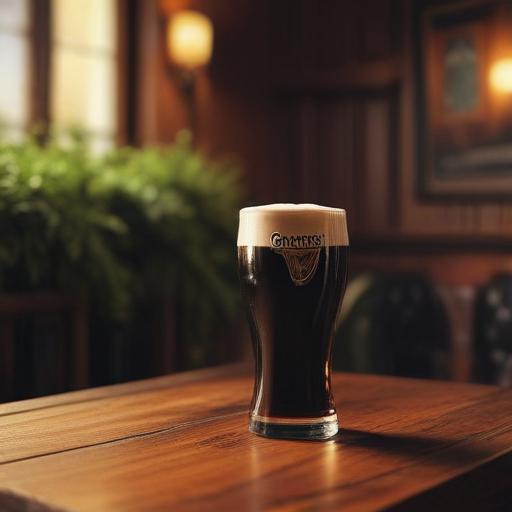The opening episodes of House of Guinness establish an unlikely brotherly pairing at the heart of the drama. Anthony Boyle’s Arthur cuts a stylish, charming figure, but is revealed to carry secrets and a volcanic temper, with a scene filmed at a brewery showing his rendezvous with a lover. Boyle hints at influences as varied as Oscar Wilde in a fur-lined coat to a larger-than-life political oratory that feels “a bit of Hitler and a bit of Donald Trump.” Louis Partridge’s Edward, by contrast, plays a dour, relentlessly businesslike member of the family circle who has few friends but plenty of plans. Partridge says he enjoyed sparring with Boyle in scenes that are heavy on dialogue and wit, courtesy of writer Michael Knight.
The two actors diverge on how their characters relate to the Succession mold. Boyle sees Arthur as a hybrid of Kendall and Logan Roy—a man with a daddy complex who can also be a tyrant in his own right. Partridge counters that Arthur leans more toward Kendall’s seriousness while characterizing his own Edward as perhaps the feckless Roman Roy, though he concedes there could be a Kendall-like strain in his portrayal.
Rounding out the core trio is Sean Rafferty, played by James Norton, the brewery foreman who acts as the brothers’ fixer and enforcer, swaggering and menacing with a knack for bending people to his will. The smoky, industrially lit brewery set feels tailor-made for Rafferty, even as the high-born brothers orbit him. Norton notes he was one of the few English actors on a cast that leans heavily Irish, with Jack Gleeson—best known as Joffrey Baratheon in Game of Thrones—among those returning to acting after a hiatus. Boyle calls working with Gleeson “a fucking joy” and says the ensemble is grateful he’s back.
If there’s a flavor to the production beyond its dramatic center, it’s the on-set culture. On camera, the heavy drinking is replaced with Guinness 0.0, but off-screen the cast embraced the local drinking scene, with Partridge joking that he could feel woozy after scenes if he drank enough 0.0. In practice, the crew and cast often spent evenings in Liverpool’s Irish bars, Shenanigan’s among them, adding a real-world echo of the Irishness the show aims to evoke.
Creator-writer Knight didn’t anticipate the Guinness connection becoming a cultural moment, but he’s clearly pleased with the alignment in a year when Irish culture is enjoying broad visibility. The show also leans into Irish music culture, punctuating its first episode with tracks from Fontaines D.C. and Kneecap, underscoring the contemporary resonance of the story’s setting.
Much of House of Guinness unfolds away from the brewery. The series threads through politics and aristocratic life, with Arthur Guinness repositioned as a Conservative MP for Dublin and a backdrop of Fenian activity arguing for Ireland’s independence at a time when the country sat within Britain. Yet the drama is anchored in the visual language of castles and ballroom equations, where the family’s immense wealth is never far from view. The production even considered filming at Iveagh House, the Guinness family’s Dublin residence, but the building is today the Irish government’s foreign ministry, so those plans were scrapped.
In short, House of Guinness blends shrewd political intrigue, opulent family wealth, and a keen sense of place. It pairs a modern, fast-paced dialogue with a carefully staged sense of history and power, inviting viewers to watch how a dynasty navigates loyalty, reputation, and ambition in a world where every room feels like a stage. If the early episodes are any guide, the show promises a stylish, darkly funny, and character-driven look at a family whose influence stretches far beyond a single brand. Expect sharp performances, lush production design, and a narrative that leans into both wit and menace as it builds toward its larger questions about legacy and control.
